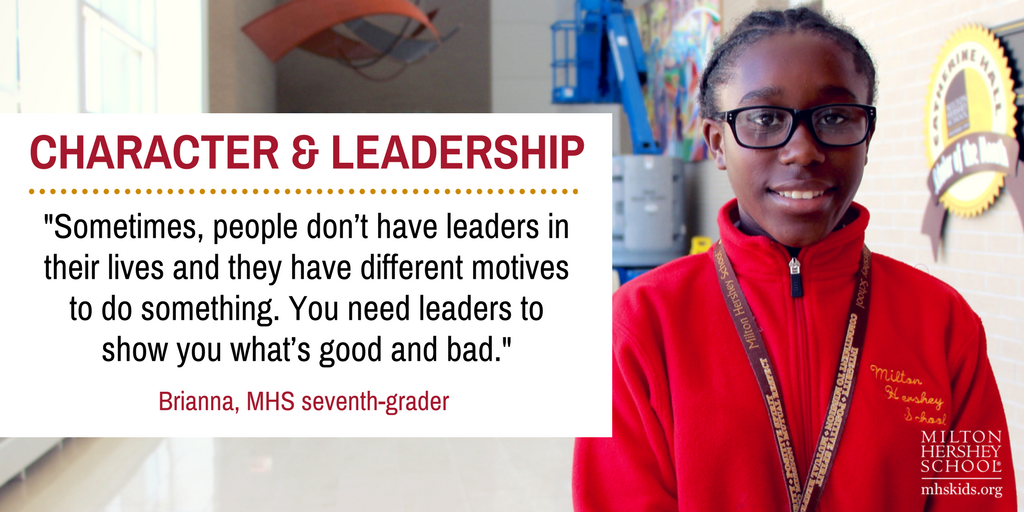Monday
I was enjoying my time talking to a student at school and asked, "What are you looking forward to on your holiday break?" What I wasn't expecting was the answer that they didn't want a break because they were happy at school. At that moment, I knew I should have known better. Not every child is going to have a two-week break filled with family, travels, gifts, or food. Yes, I should have known better but this person of privilege hadn't spent the time I should have thinking about this question before I asked it. I went on to talk to the student wanting to ensure that their basic needs would be met (which I feel confident that they will be) and I realized two things. One, yes, the child wasn't going to have the same holiday I will, but this child was also genuinely happy at school.
This sweet first grader found joy in coming to school. She loved her teacher and she loved learning. How do we keep this going? Is it the child that changes over the years, the content, or the instruction? How can we transform our schools to where our high school seniors are saying the same types of things as they prepare for the holiday break?
Secondly, we need to remember that school is a safe place for many of our students. They come to school and find someone who cares for them, who loves them, and spends time with them. They are served a hot meal in the cafeteria. These are things that many of us take for granted. They are definitely things I never had to worry about nor my children. I spent some time researching holidays and students and found an article entitled Not All Students Look Forward to the Holidays: How We Can Help It is worthy of spending a few minutes reading before heading into the break. It definitely gave me some things to think on. Who is a student you can reach out to over the holidays? That simple act of kindness could be the highlight of their break!
Tuesday
Another blog I subscribe to is Student Voice. It is run by students and it never fails to impress me with the work they are doing in schools and in advocating for public education through their local and state governments. You can subscribe to their blog here as read their weekly newsletter. In this week's post, they shared an article by Youth Truth and results of their most recent survey on student engagement. This research directly connected to my Monday thoughts on how to keep students engaged in learning the way they are when they are young.
I am passionate about student voice and I do believe the place to start in making changes to ensure our students want to come to school, and find joy in it, begins by asking students! I'll wrap up Tuesday's learning with this quote from a middle school student. Just another reason to be someone for a child! #KidsDeserveIt









